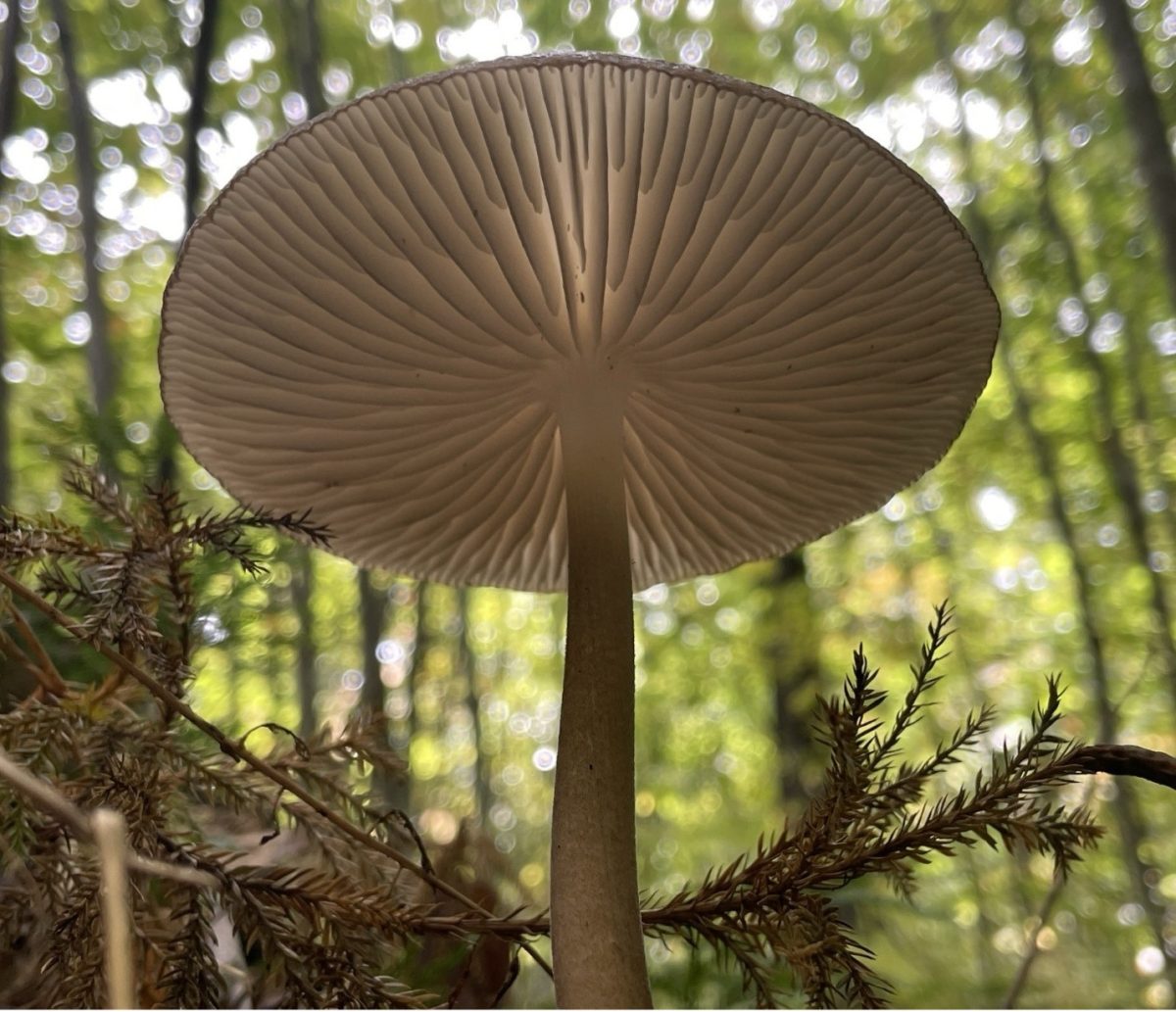I was invited for a potluck dinner and movie night with a group of my friends on Saturday night. The food was plentiful and the company great. But the highlight of night was, without a doubt, the movie we got to see.
Our host and friend had a projector aimed at a big white wall in a living room full of couches – the perfect setup for a movie. But that wasn’t the only aspect that made the night successful.
As he, the only American in a room full of Arabs, played the DVD, a few people of the group started mumbling; they were a bit disappointed the movie was in Arabic.
Arabic movies, save for Egyptian ones for the most part, have never been known for their creative content or superb quality. The notion has been the standard until it began to change in the last decade, as more creative young minds in the Arab world are learning movie-producing techniques and are, in fact, producing high-quality movies addressing contemporary social issues in the Arab world.
What they found mostly disappointing was that it wasn’t only in Arabic, but also that it was shot in Saudi Arabia.
However, “Wadjda,” the Saudi movie taking the name of its lead character, did not disappoint.
The movie tells the story of fun-loving 10-year-old Wadjda, living in the suburbs of Riyadh, who is determined to buy a bicycle to race the neighbor’s son – pushing the boundaries of what she can get away with, as young girls in Saudi Arabia should neither be playing with boys nor riding bicycles.
Add to the cultural barrier she’s facing, Wadjda’s mother is unable to afford the bicycle, and her absent father won’t contribute even as he prepares to take a second wife. She, therefore, enlists in a Quran recitation competition, to win the monetary prize sufficient to buy her that bicycle.
Whether she wins the competition and buys the bicycle I’ll leave for you to find out, but I warn you not to speculate – the movie does provide a little twist.
The first female-directed feature full-length film shot entirely in Saudi Arabia, the award-winning movie peels the layers of the Saudi environment in a nonjudgmental way, allowing viewers to make their own judgments about the country.
The movie is humorous, relating even to a Western audience, which is sure to identify with a rebellious and witty little girl. Ten minutes into the movie, the company I was with was completely hooked, abandoning its initial dissatisfaction.
I was incredibly pleased with the plot of the movie, but I was more impressed and proud of the fact that it was female-directed. While this may not be such a big deal in America, it is a great one in the Arabic world, and particularly in a country like Saudi Arabia, always highlighted for its violations against women.
While the movie explores these, the fact that it exists and is female-produced puts the country in a light it has never seen itself in: a positive one.
HIBA ALMASRI



